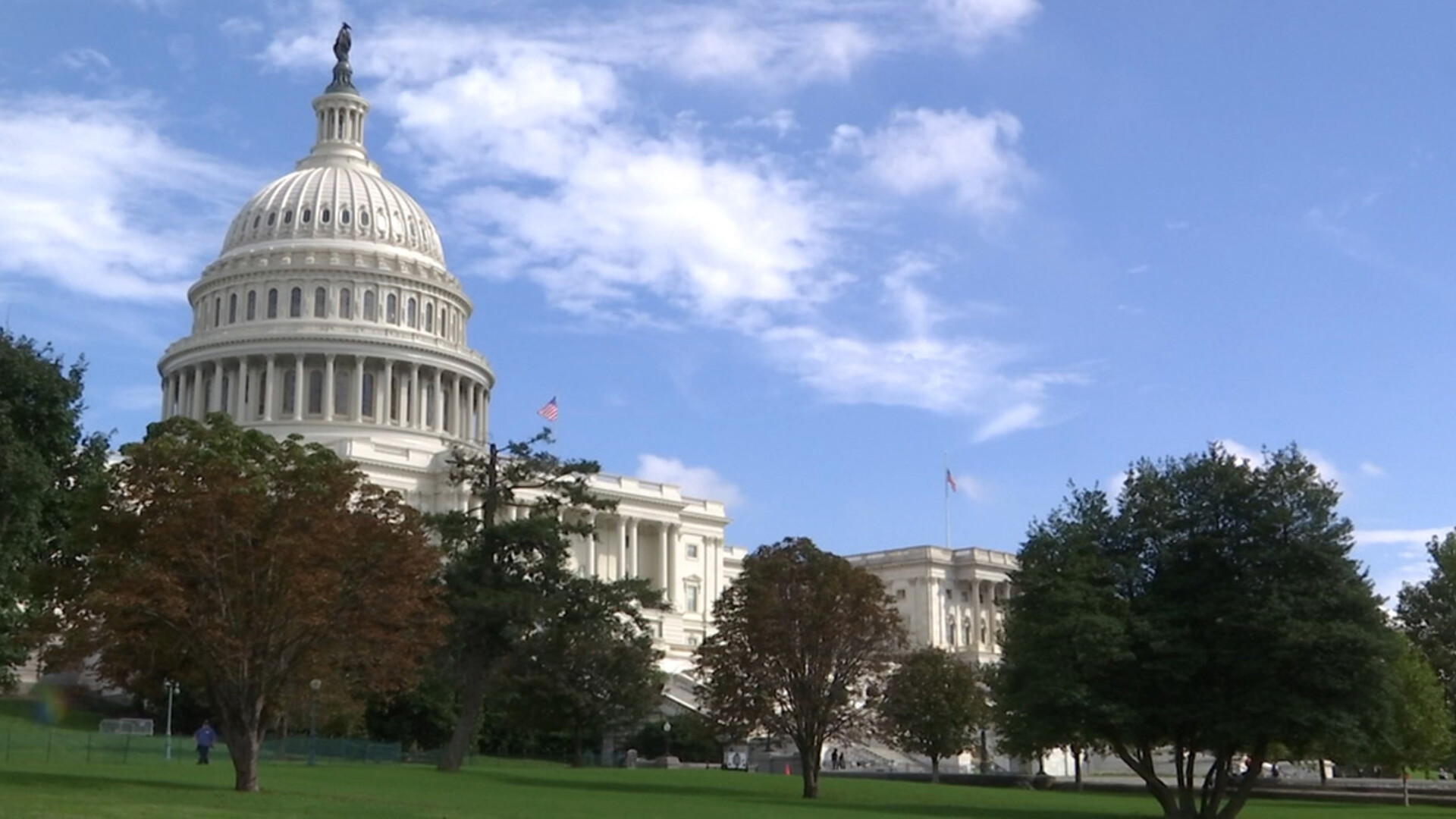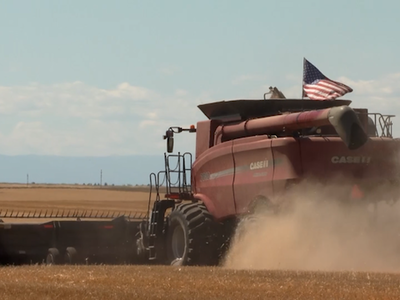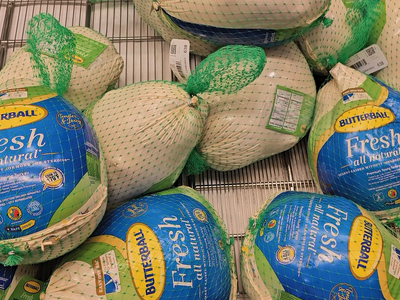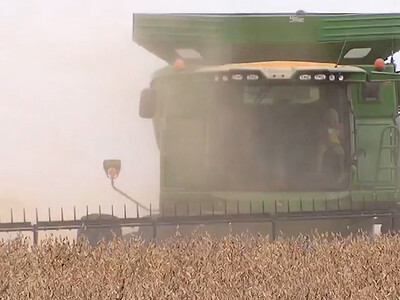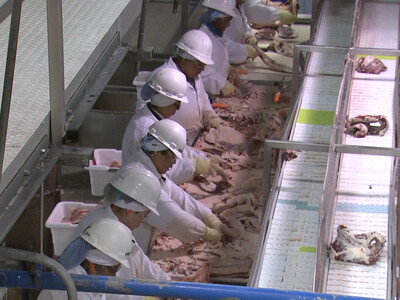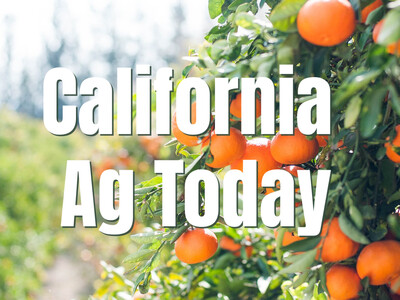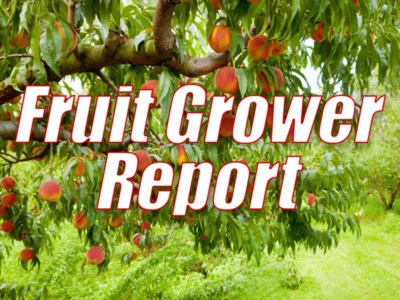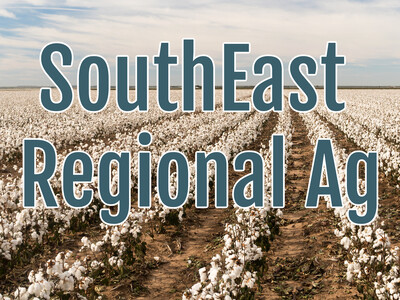Democrats Add $28 Billion in Conservation Funding to Huge Spending Bill
Congressional Democrats have agreed on conservation and debt relief provisions that would immediately ramp up climate-focused conservation spending, including direct payments for cover crops, while also paying off loans for at-risk USDA borrowers.The funding is to be added to a $3.5 trillion budget reconciliation bill that the House Budget Committee approved over the weekend.
The $28 billion in conservation funding, which includes an estimated $5 billion in direct annual payments for cover crops, would start flowing in fiscal 2022, which starts Friday, according to a copy of the amendment obtained by Agri-Pulse. The amendment effectively rewrites the conservation title of the 2018 farm bill well before the legislation is due for an update in 2023.
The funding is directed at expanding climate-smart agriculture and helping meet President Joe Biden’s pledge of halving U.S. greenhouse gas emissions by 2030.
Most of the conservation funding would be directed through existing farm bill conservation programs, but as outlined by a summary that was circulating last week on Capitol Hill, the amendment also would create a new program at USDA’s Farm Service Agency to promote cover crops.
Producers who plant cover crops would be eligible for annual payments of $25 an acre starting in FY22. Landowners who don’t qualify for payments as producers would be eligible for payments of $5 an acre.
The program also would provide supplemental payments for prevented planting indemnities on land where cover crops were grown.
The Environmental Quality Incentives Program would get $9 billion under the legislation to fund “practices or enhancements” that reduce greenhouse gas emissions or sequester carbon. The annual funding limit for EQIP conservation innovation trials would be raised from $25 million to $50 million, with priority put on proposals that use diet and feed management to reduce enteric methane emissions from cattle.
The EQIP funding would start at $300 million in FY22 and increase to $3.45 billion by FY26.
The Regional Conservation Partnership Program, which leverages private as well as state and local funding sources, would get $7.5 billion to assist farmers and forest owners to reduce greenhouse gas emissions. The RCPP funding would start at $200 million in FY22 and grow to $3.05 billion by FY26.
USDA could prioritize RCPP projects that “leverage corporate supply chain sustainability commitments” or “utilize models that pay for outcomes from targeting methane and nitrous oxide emissions associated with agricultural production systems.”
The Conservation Stewardship Program would get $4 billion to reward farmers for implementing at least one climate-smart practice or for carrying out state or regional-specific bundles of practices. Funding would start at $250 million and increase to $1.5 billion by FY26.
The Agricultural Conservation Easement Program would be funded at $1.5 billion under the legislation. The amendment would also provide $600 million for USDA quantifying carbon sequestration; $200 million for conservation technical assistance and $50 million for USDA’s regional climate hubs. USDA also would receive $100 million for administrative costs.
The legislation also includes about $2 billion in debt relief as well as assistance to minority producers.
The debt relief provisions were designed to avoid some of the race-based constitutionality questions that have stalled an earlier program in the courts.
The legislation would provide $1 billion for loan payoffs and modifications for borrowers with direct USDA loans. The program would be focused on those who are at "high risk,” as determined by USDA. Payments would be capped at $200,000 and would be reduced by the amount of money producers had received through the Market Facilitation Program or Coronavirus Food Assistance Program.
The legislation also would provide $350 million in financial assistance to farmers, ranchers and forest landowners who are “determined to have suffered discrimination” under USDA loan programs.
Another $255 million is earmarked for grants and loans to eligible entities to “improve land access for producers, including holders of heir’s property, land in which the ownership is clouded because of the way it was passed down between generations.
There also would be $200 million for technical assistance, including outreach mediation and financial assistance for “underserved” farmers and ranchers.
The top Republican on the House Agriculture Committee, Glenn "GT" Thompson of Pennsylvania, called the Democratic legislation “an attack on the farm bill process by extending narrow, partisan priorities beyond their expiration while leaving production agriculture hanging by the vine. This is what happens when congressional committees are held hostage by party leaders who have zero interest in protecting the individuals and communities who feed, clothe, and fuel this great nation."
Source: Agri-Pulse


